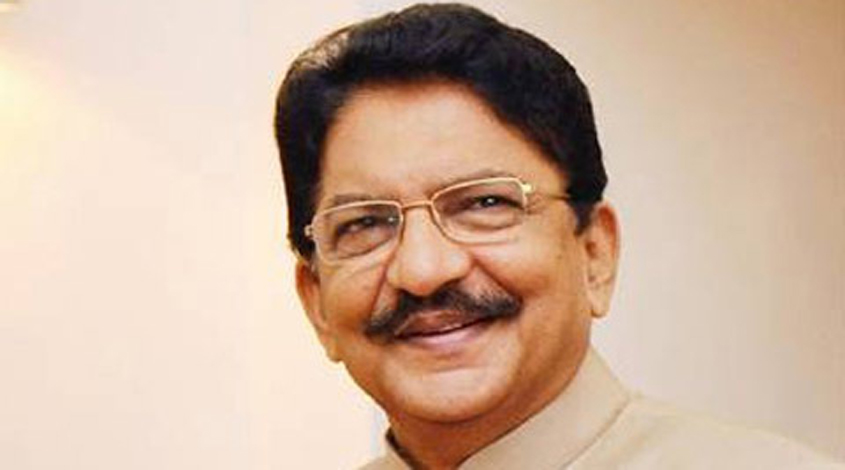According to sources close to Vidyasagar Rao, he played a neutral umpire in the game of numbers and was solely guided by his constitutional duty to install a popular government that could give stability. Palaniswamy’s claim that he was backed by 123 AIADMK MLAs made the governor decide in his favour.
A senior political aide of the governor who spoke to The Sunday Guardian from Chennai on phone said that Sagar ji, as Vidyasagar Rao is popularly called, had faced many tough times in Chennai Raj Bhavan in the last few days after V.K. Sasikala chose to unseat Panneerselvam (OPS) on 5 February.
Vidyasagar Rao had three major claims from the AIAMDK groups in the last 11 days. First was from OPS who initially stepped down from the CM post in favour of Sasikala but sought to reclaim the post. This was followed by the claim of Sasikala who had the numbers but faced an impending Supreme Court verdict on corruption cases.
The third claim was from Palaniswamy who replaced Sasikala as the AIADMK legislature party leader after the SC indicted her. Governor Rao faced a piquant situation in the post-Sasikala phase as both OPS and Palaniswamy met him twice to prove their majority.
Sources said that the governor strictly went by the recorded evidence to decide on OPS’ allegation that over 100 AIADMK legislators had been “abducted” and “kidnapped” to a private Golden Bay Resort, 72 km from Chennai. The Raj Bhavan officials closely monitored the futile visit of OPS to the resort on Monday night to woo the MLAs and the affidavit of Chennai police before the TN High court.
The Chennai police, acting on the instructions of the governor, had visited the resort and recorded the statements of as many as 119 MLAs housed inside. They concluded that they were not kept there forcibly.
The Chennai police had filed an affidavit to the HC, explaining what they had gathered from the MLAs at the resort. The governor couldn’t ignore the affidavit which dismissed OPS’ claim that he enjoyed the majority in the legislature party. Even on Wednesday when he called on the governor, OPS couldn’t claim the support of more than 11 MLAs.
All these developments had made the job of the governor easy as he was always keen on providing a stable government in Tamil Nadu under Article 163 of the Constitution. Though there is no specification on who he should appoint as the CM, the subsequent articles ordain that appointing a reasonably stable government was part of his job, the sources explained.
Governor Rao had to deal with another set of tasks—on following the advice tendered by Attorney General Mukul Rohatgi and other legal experts on how he should go about in testing who has the numbers in the Assembly. “The legal view of the AG who suggested a composite test on the floor of the House to find out who has the numbers was tricky,” sources told this newspaper.
But Rao simply appointed Palanisway and asked him to prove his majority. “The composite test (mentioning two names in single resolution and asking the MLAs to vote for one of them) was based on a one-time suggestion by the SC in UP and the governor has sidestepped it,” said sources. With his decision on Thursday, Rao has achieved two objectives—eliminating the prospects of a sitting CM being convicted in a corruption case by the apex court within days after the swearing in and appointing a popular government which can provide much needed political stability.

